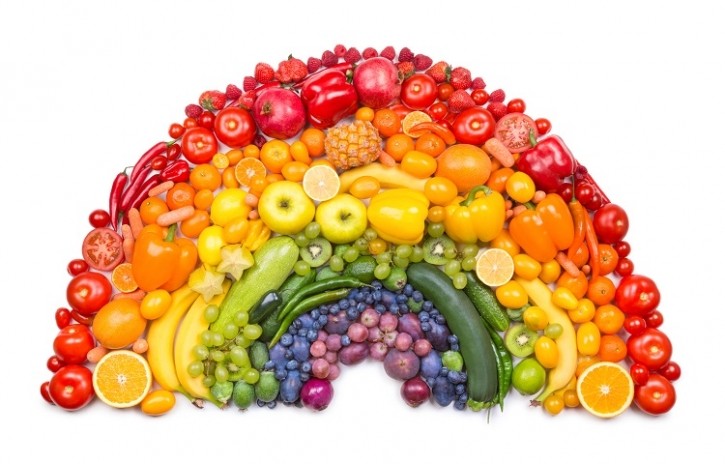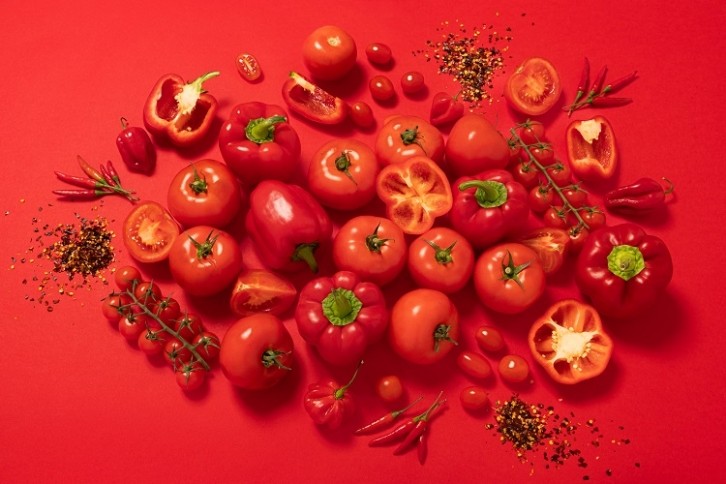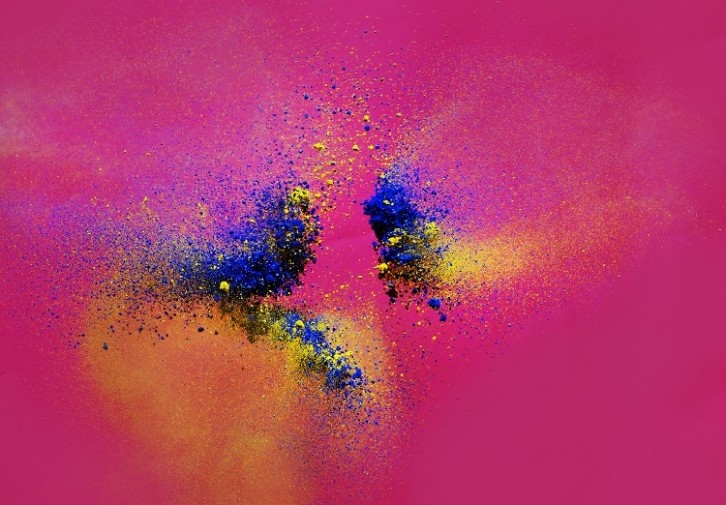Colour is vital to food. It not only evokes an emotional response that may sometimes lead consumers to buy a product, but it has been shown to strongly influence flavour perception as well. Put simply, colour impacts how the mind tastes.
Now, a range of companies are producing colour using fermentation. The method has a range of benefits.
Somewhere over the rainbow
Fermentation is a complex process. Unlike many other colour production methods, it relies not on insect proteins or raw materials to produce, but fungi, microorganisms, and space.
Denmark-based Chromologics, for example, uses a filamentous fungi to produce its red colourant.
“The first generation of Natu.Red is fermented by a non-GMO organism and production is achieved by our proprietary process design. We do submerged fermentation and have scaled our process to more than 10,000 litres. The red molecule is made by the filamentous fungus and then secreted into the fermentation media,” Gerit Tolborg, co-founder of Chromologics, told FoodNavigator.
“When the fermentation is completed, we filter away the filamentous fungus and after a number of simple downstream processing steps, we have an exquisite, deep red powder in our hands.”
“When the fermentation is completed, we filter away the filamentous fungus and after a number of simple downstream processing steps, we have an exquisite, deep red powder in our hands.”
The process is, however, difficult to use for other colours using the same fungi – it must be adapted. “The production of secondary metabolites in filamentous fungi is very much dependent on the growth conditions. Colours are usually secondary metabolites, because they are not essential for growth and survival of the fungus but bring the microorganism certain advantages.
“Thus, while our filamentous fungus naturally produces a variety of colours (yellow, orange, red), it is by process design that we can control the fungus in producing one molecule exclusively.” Thus, for each colour produced by Chromologics, there is a different fermentation process, customised to make production more efficient.
US-based Argentinean company Michroma uses a similar method. “Michroma’s novel approach centres on creating fungal biofactories to produce small molecules, like colours, more efficiently,” Ricky Cassini, co-founder and CEO at Michroma, told this publication.

“We are leveraging the power and versatility of filamentous fungi with our synbio platform. By combining a unique fungal chassis strain with precision fermentation, we are capable of producing high-value complex molecules with high yields previously unseen in the biotech industry.”
Michroma focuses on warm colours. “We have built a biotech platform that produces sustainable and cost-effective natural ingredients, with a special emphasis on natural food colours. Our product pipeline starts with warm colours (Red+, Orange+, and Yellow+), which comprise 90% of the food market, and goes beyond to include other colours and novel flavours that will be sold in combination, allowing for integrated solutions for companies.”
Red shift
Many food colouring producers start with red, only later moving on to other colours. This is not related to production but the market.
“Companies often begin with red due to its large market demand, and the existing natural alternatives currently fall short of meeting the expectations (performance, sustainability, cost) of CPG companies,” Michroma’s Cassini told us.
“It is our understanding that red is the most abundantly used food colour and thus takes up a significant market share,” added Chromologics’ Tolborg. “Therefore, if you want to run a business on only one colour, red is the obvious choice.
“We believe red is the favourite taste of most people, because it is associated with sweetness. When new food products are launched the first flavour is usually a red flavour (e.g. strawberry), so a red look of the product is undoubtedly needed.”

The colours of the Earth
While green is not the most prominent colour for either company, being green – or producing sustainably – is very much front and centre for both of them. Most prominent in this is the land and water-saving abilities of fermentation compared with other production methods.
Michroma’s colouring, for example, is in many senses the functional equivalent of cochineal, a product derived from insects.
“Cochineal dye is produced by harvesting a lot of insects from infected cactus plants, smashing them, and then using aluminium stabilization. Like any agriculture-derived product cochineal dye producers depend on climate conditions and use decent amounts of water and land,” Cassini told us.
“The real change comes with a complete transformation of the production model, which will ultimately transform lives by manufacturing ingredients with a conscious usage of water and other resources, no need for hazardous chemicals or solvents such as pesticides, and a minimum generation of residues.”
Chromologics, on the other hand, stressed the clear difference in sustainability between its colourants and those extracted from raw ingredients, such as potatoes, tomatoes and beetroots.
“In contrast to natural colours derived from raw ingredients, the reduced reliance on farmland enhances its sustainability profile, making it a more environmentally appealing option,” Tolborg told us.
Kosher and halal
Both Chromologics and Michroma produce colours that are certified kosher and halal. For a brand with a global reach, suggested Cassini, such certifications are vital. “Certification for halal and kosher products involves adherence to specific religious dietary laws, ensuring that the food or product meets the requirements of Islamic (halal) or Jewish (kosher) dietary practices,” he told us.
“The certification process for each varies, but the primary goal is to assure consumers that the product complies with religious dietary guidelines allowing an ingredient company to unlock several markets such as Indonesia, Malaysia, Saudi Arabia, the United Arab Emirates, and Pakistan, where halal certification is crucial for food acceptance; and kosher certification for countries like Israel, the United States, the United Kingdom, France, and Argentina due to sizable Jewish communities.”
The diversity of today’s food landscape makes such certifications important. “In today’s diverse cultural landscape, it is essential for ingredient manufacturers to comprehend and align with various dietary consumer needs. Over the past decade, the market for kosher food has surged by 15 % annually in North America. Similarly, there is a notable upward trajectory in the demand for halal food,” Tolborg told us.

Colours in food
After they are produced, colours can be used across a wide spectrum of foods. For example, according to Chromologics’ Tolborg, the company’s red can be used in products including meat and meat alternatives, dairy and dairy alternatives, baking and confectionery.
“In these categories we see the best product market fit with regard to our product performance (pH- and temperature stability, colour hue, absence of taste and odour) and the pain point of the respective category,” she told FoodNavigator.
The response from industry to the colour, according to Tolborg, as been ‘overwhelmingly positive.’
“Plant-based food manufacturers, in search of vegan-friendly and stable red colours, have also shown significant interest. Similarly, the confectionery industry is keen on substituting synthetic colours like Red3 or Red 40, while the baking industry is looking for a heat-stable red colour with a dependable supply. We also hold strong confidence in the potential application of Natu.Red in the meat industry, where it could serve as a substitute for nitrate.”
There’s also a legal side to food colourant use. “Replacing individual colours in specific food categories can be driven by regulatory requirements in certain geographies and the wish for some global companies for a more stable and independent supply chain.”
Michroma’s red, according to Cassini, “is well suited for all diets and food applications.”
